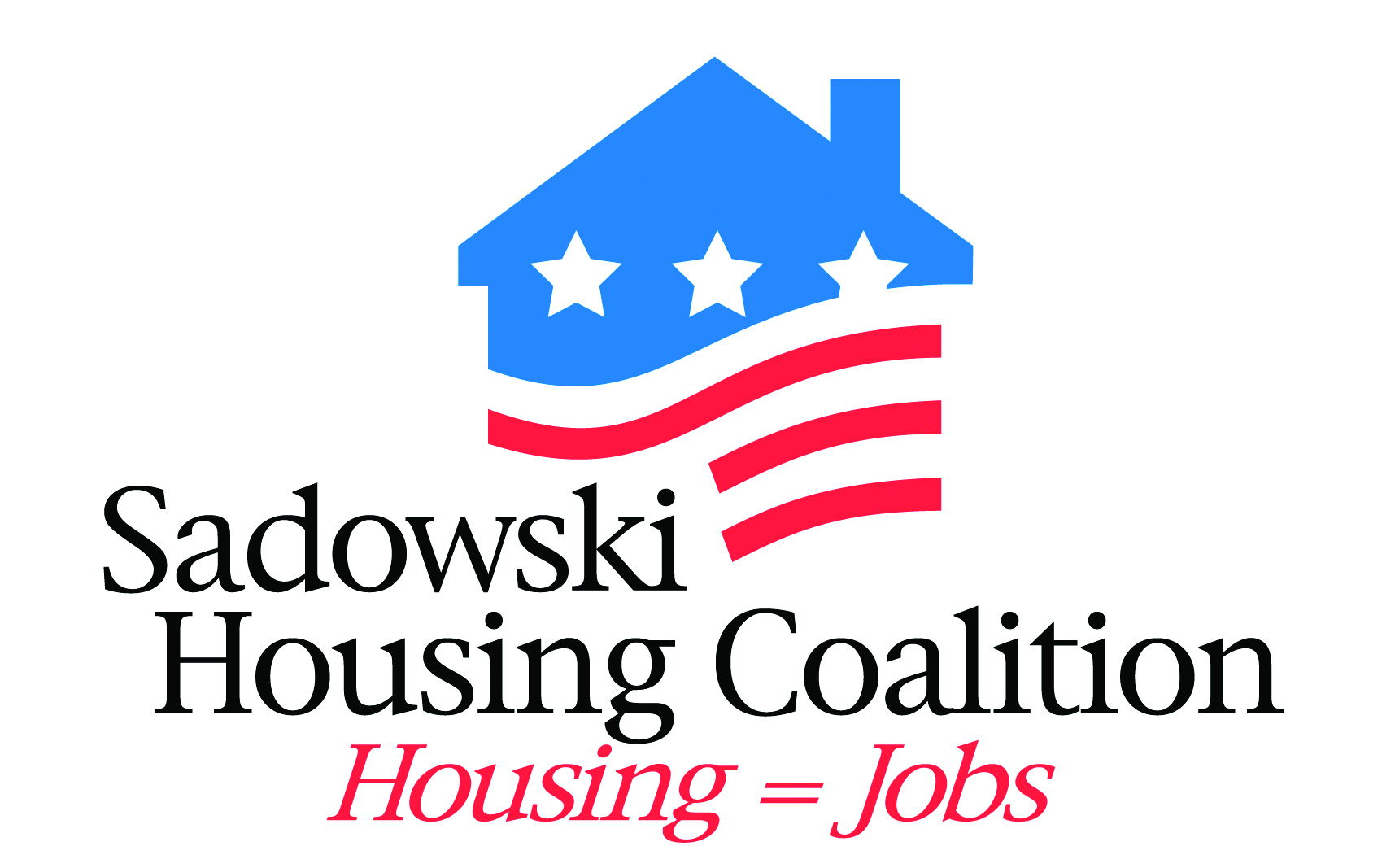Sun Sentinel Editorial Staff | South Florida Sun Sentinel
As housing costs rise and incomes stagnate, the nagging shortage of affordable housing is fast becoming a crisis. The lack of apartments and homes available to Americans of low to moderate income is a nationwide problem, but South Florida feels it more acutely than all but a few metro areas.
Hardest hit are the homeless and borderline poor who pose multi-layered challenges to policymakers. But lack of affordability — housing within reach of solidly middle class families — presents a problem of another sort entirely.
Either way, the challenges are many, the answers relatively few and the threats to Florida’s prosperity great. And government programs — in Washington, Tallahassee, county centers and city halls — too often fall short or, worse, are shortchanged.
Tony Carvajal, executive vice president of the Florida Chamber Foundation, has seen the affordability issue up close. In town hall meetings across the state, he’s found the housing issue one that never fails to come up in 8,000 encounters with Floridians.
Facing the biggest challenge, he says, is the teacher, firefighter, young professional or new retiree whose income can’t keep up with rents or housing costs.
“Young people making $30,000 to $60,000 can’t afford to live where they work,” he said.
They surely can’t afford what Florida developers are building at breakneck speed. The cranes that crowd the South Florida skylines are not erecting housing for public service professionals or middle-income families.
And when they have no affordable place to live, these vital members of our communities go elsewhere.
A study conducted by the University of Florida’s Shimberg Center outlined the scope of the housing problem.
In 2013, 715,000 Floridians spent more than 40 percent of their income on housing. The most current figure is far worse: 911,000 households spent 50 percent or more on housing in 2016.
If that were not a gloomy enough picture, consider this: Florida has the third highest number of people living in shelters or on the street, with 33,599, according to the Florida Housing Coalition.
None of this is to say society has turned its back on the housing problem. The number and variety of federal, state and local programs is stunning. They range from outright grants to sophisticated tax incentives.
Some use tax breaks to encourage construction of low-income rentals. Some demand set-asides from builders seeking approval for new subdivisions. Some grant vouchers directly to the renter.
Despite all the effort and innovation, the problem persists and keeps growing, in part because government too easily loses its ardor to fund programs at the needed level.
And the total pot of money available for affordable housing just doesn’t keep up with the need.
One of the more innovative programs to fill that pot was Florida’s Sadowski Act of 1992. It was an imaginative effort to generate money for affordable housing by creating a trust fund solely for housing in Florida’s cities.
It tied growth in real estate sales to generation of money for housing. It did that by imposing a small levy on the documentary stamp tax paid on every real estate purchase document.
Everybody loved its logic — until they didn’t. In 2007, the legislature imposed a cap on the trust fund so it could use money generated for the housing trust for other needs. The cap was lifted after the real estate bust in 2008.
But the appetite for loose change never stopped. The Senate and the House this year debated how much they wanted to take from the trust fund, which generated $292 million in 2016. The House and Gov. Scott wanted to grab $224 million, the Senate a mere $129.6 million. They compromised on $154.4 million.
That’s like stealing money from the poor box and is just one of the ways affordable housing gets cheated.
Another is what Palm Beach County recently discovered in a review of its well- intentioned housing program. It required builders to set aside a small number of homes for modest-income buyers in new developments. Good idea. But in 11 years of the policy’s existence, no single-family homes have been built for low-income buyers.
In Washington, meanwhile, President Trump is talking about closing down community block grants, which finance the federal government’s most ambitious housing program, HOME. The loss would be devastating, according to Jaime Ross, CEO of the Florida Housing Coalition. “We have no control over that. All we can do is hope,” she said.
It will take more than hope to get past this problem.
First it needs resolve, resolve from government policymakers that this ranks high on the list of important issues, resolve to strictly enforce existing policies and resolve to come up with new ones.
Above all, it requires politicians to keep their hands off money pledged to affordable housing. Without a respectably housed middle-class, Florida faces a dreary future.
Editorials are the opinion of the Sun Sentinel Editorial Board and written by one of its members or a designee. The Editorial Board consists of Editorial Page Editor Rosemary O’Hara, Andrew Abramson, Elana Simms, Gary Stein and Editor-in-Chief Howard Saltz.
This article was last accessed here on May 22, 2017. A print-ready pdf of the article is available here.
